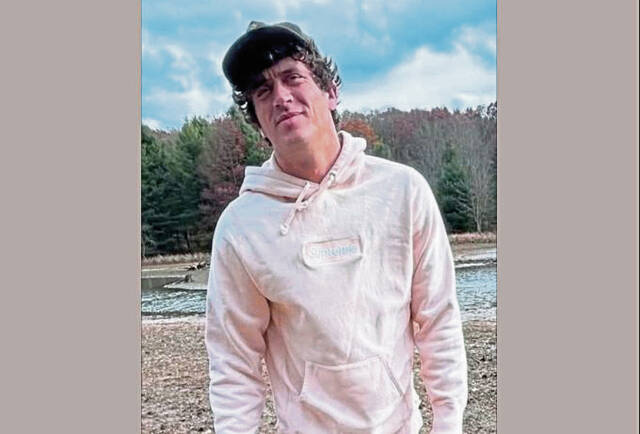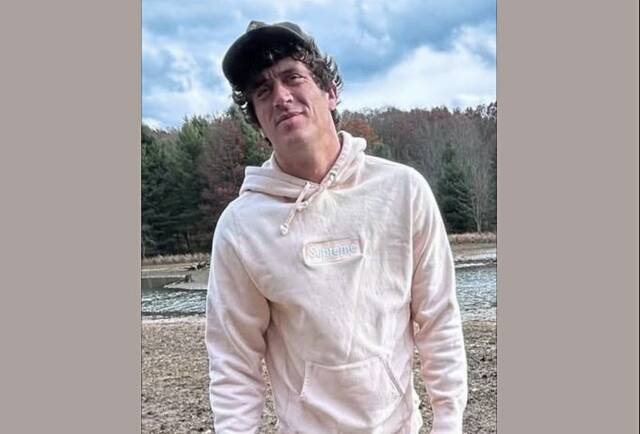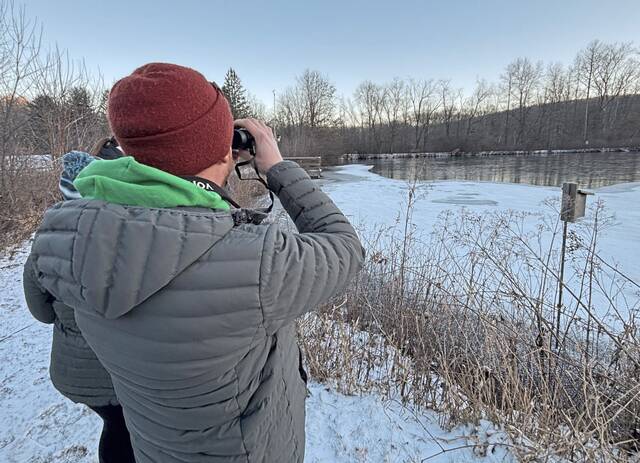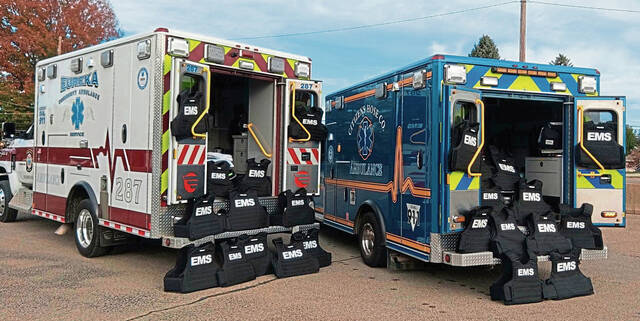Freeport Council voted 5-1 Monday night to enter the next phase of construction for a new sewage treatment plant.
Phase II of the project would involve design, surveying, construction and inspection. Construction costs are estimated to be about $11.1 million.
With the costs of design, surveying and legal responsibilities, the project’s overall price tag increases to $12.7 million, according to Kevin Creagh of KLH Engineering.
The current treatment plant, built in 1964, is outdated and can treat about 300,000 gallons of sewage daily. The new plant is designed to process up to 3 million gallons daily.
The plant will be built to capably expand in the event another municipality — such as South Buffalo — wants to send its sewage to Freeport.
Council members John Mazurowski, Sean McCalmont, Justin DeAngelis, Dino DiGiacobbe and Stephanie Fincher voted in favor of authorizing the next phase. Councilman Clinton Warnick dissented, saying he thinks council should vote for another engineering firm.
Warnick moved to hire a new engineer and said several other firms have been interviewed. He said he wanted to see “if others are dissatisfied to the point where I am.”
The motion died for lack of a second.
An application for the project’s new phase will be forwarded to the state Department of Environmental Protection, which is enforcing a Jan. 1, 2021, approval deadline.
A potential problem could be acquiring funding for the project. Financing institutions can be reluctant to release construction funds until permitting has been approved, officials said.
Creagh said KLH will help the borough seek financing and funding sources.
“Let’s help KLH succeed in what they can do to succeed for us,” McCalmont said.
Freeport has been working since 2017 to improve its sewage treatment system, under pressure from state and federal environmental agencies.
The borough’s sewage flows through the same pipes that collect water from its storm sewers. Because the sewer system is combined, both sewage and rainwater are piped to the sewage treatment plant. During heavy rainstorms, the treatment plant can’t handle the flow, and raw sewage spills into Buffalo Creek and, ultimately, the Allegheny River.
State and federal environmental officials require the system to capture and treat 85% of its sewage flow before being released into the river. But the borough’s treatment plant is capturing only about 75% of the sewage flow from its 800 customers.








